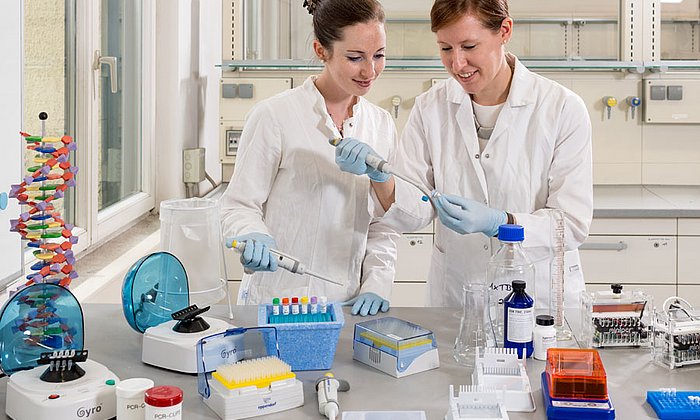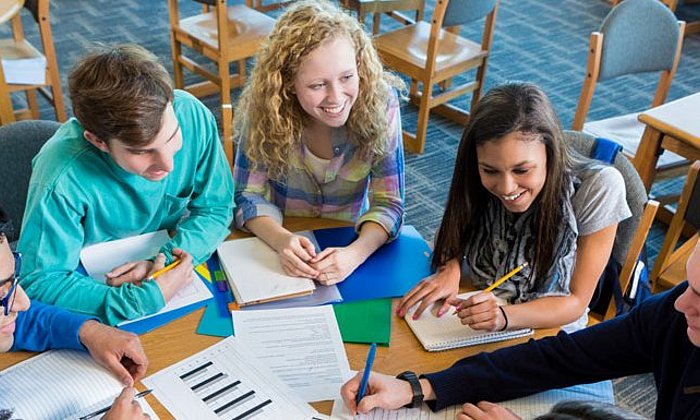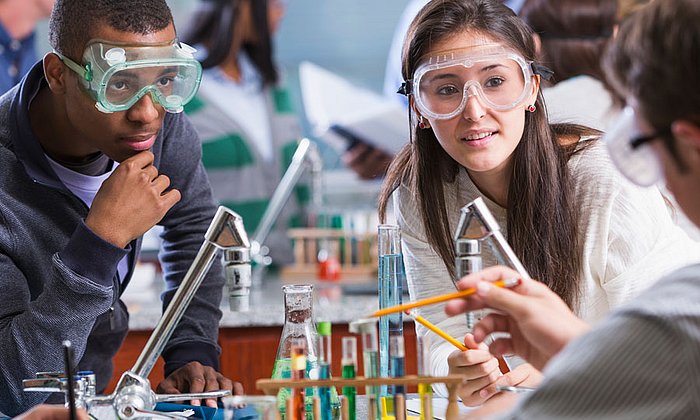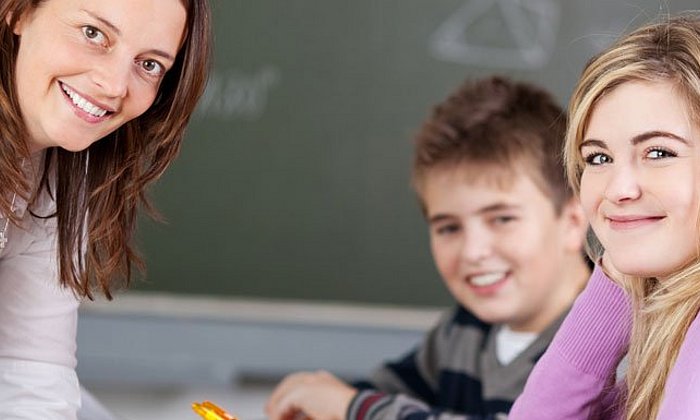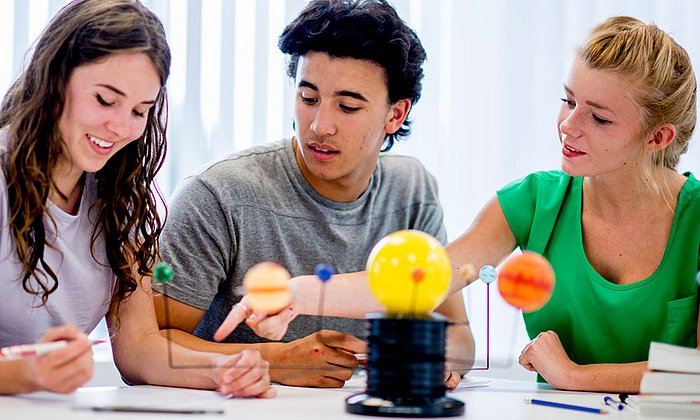Major meta-study on the effectiveness of digital media in schools
Successful instruction is digital – but not exclusively
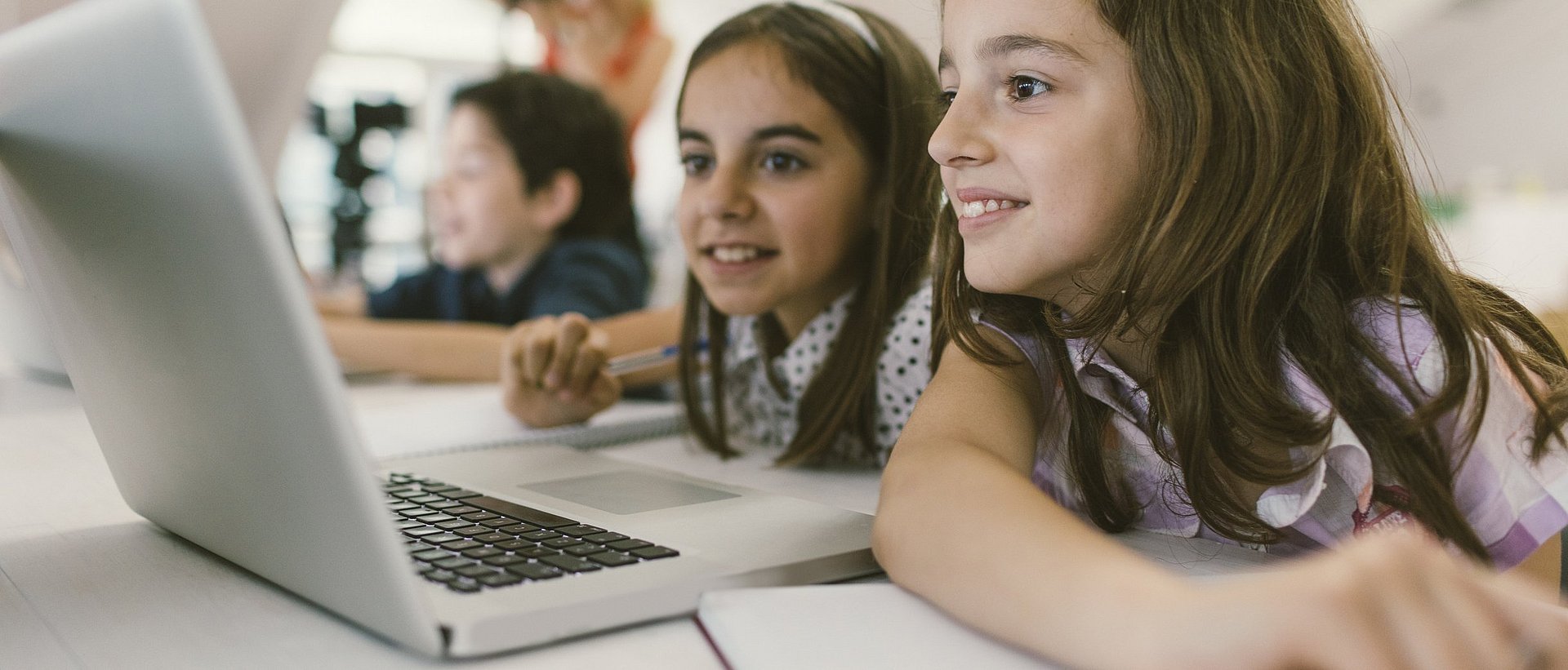
Digitalization of school instruction has been hotly debated for years. What programs should teachers use on the computer, when and how often? The debate is characterized by a challenging abundance of research projects. Working on behalf of the German Standing Conference of the Ministers of Education and Cultural Affairs, the Center for International Student Assessment (ZIB) at the Technical University of Munich (TUM) has evaluated a total of 79 studies published worldwide since the year 2000. The meta-study will be presented today in Berlin at a conference on educational research, policy and schools.
The study shows that secondary school students in classes which work with digital teaching media perform better than children and young adults in classes that are taught solely on a traditional basis. Furthermore these students are more motivated by the respective subject. This applies for all grades in secondary schools and for all the subjects investigated, i.e. mathematics, biology, chemistry and physics.
However, digital materials alone are no guarantee of success. Their impact on performance and motivation depends on how they are used in instruction:
- Children and young adults benefit more from digital teaching media when they work together in pairs instead of alone. The researchers assume that computer programs play a special role in stimulating discussions between the students which positively impact the learning process.
- Secondary school students perform better when accompanied by teachers while working with digital materials. When they work with computer programs entirely alone, the positive effect is minor.
- The desired effect of digital media is greater when the media do not completely replace classic classroom materials. A promising approach is to use them in supplement to analog methods.
- Digital media increase performance more particularly when they are integrated in instruction by professionally trained teachers.
Not even well-made programs can replace teachers
"Digital media should be worked into instruction in moderation," says Prof. Kristina Reiss, head of the ZIB and dean of the TUM School of Education. "Getting rid of tried and proven analog formats would be going a step too far. In addition, we see that even very well-made learning programs cannot replace the teacher."
In well-planned application, the advantages of digital materials could be completely leveraged, in particular for complex and abstract content in natural sciences and mathematics, for example the visualization of chemical compounds and geometric shapes.
"If the new teaching methods can additionally increase the motivation of secondary school students, this will be a great opportunity for the STEM subjects," Reiss points out. The latest PISA study showed that young adults in Germany have a comparatively low level of interest in natural sciences in school and career.
Some digital media are more useful than others
The meta-study also indicates which types of digital media are most promising. The greatest positive effect comes from what are referred to as intelligent tutor systems, programs which convey content in small units and also enable exercises. The decisive factor is that these programs adapt the speed, level of difficulty and amount of assistance to the user's skills. On the other hand, hypermedia systems configured for free exploration with video, audio and text materials that fail to define a learning objective are comparatively less effective.
Brochure for practical application in schools:
The ZIB has presented the results of the meta-study in a brochure for secondary school educators. In addition to an easily comprehensible presentation of the results, examples of successful use of digital media are also presented. The brochure also contains input from experienced teachers interviewed in collaboration with the State Institute for School Quality and Education Research Munich (ISB).
Making the findings of educational research practically applicable for use in schools is a fundamental objective of the ZIB partners, who in addition to TUM include the German Institute for International Educational Research (DIPF) and the Leibniz Institute for Science and Mathematics Education (IPN). Only a few months ago the TUM School of Education's “Clearing House Unterricht” went online, a platform clearly summarizing the current state of research on specific issues in everyday school activities.
Publications:
Hillmayr, D., Reinhold, F., Ziernwald, L., Reiss, K. (2017). Digitale Medien im mathematisch-naturwissenschaftlichen Unterricht der Sekundarstufe. Einsatzmöglichkeiten, Umsetzung und Wirksamkeit. Münster: Waxmann
The text of the brochure can be downloaded (German website) free of charge.
Hillmayr, D., Ziernwald, L., Reinhold, F., Hofer, S. I., & Reiss, K. M. (2020). The potential of digital tools to enhance mathematics and science learning in secondary schools: A context-specific meta-analysis. Computers & Education, 153, 103897. DOI: 10.1016/j.compedu.2020.103897
Contact:
Prof. Dr. Kristina Reiss
Center for International Student Assessment (ZIB) at the Technical University of Munich / TUM School of Education
Tel: +49 89 289 22798 (press office)
kristina.reiss@tum.de
Technical University of Munich
Corporate Communications Center
- Klaus Becker
- klaus.becker@tum.de
- presse@tum.de
- Teamwebsite
